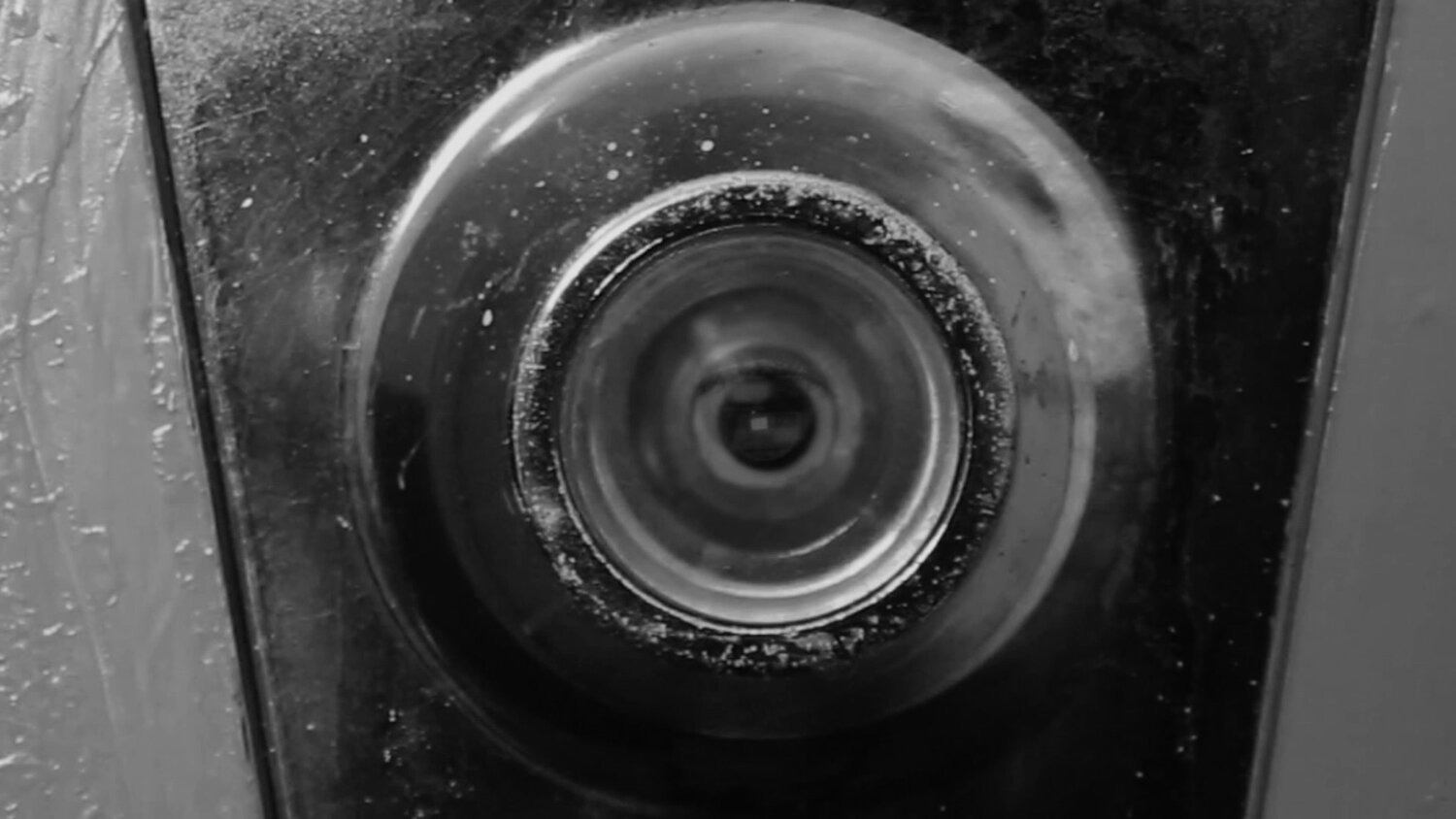Art as edited Reality
Reality, despite what self help gurus claim, is rarely fascinating The typical human being spends the day not being, but performing a long string of mundane activities punctuated by moments of significance. Moments so rare that they are obscured by the tedious stretches of time which bracket it. A great insight followed by a two-hour long budget meeting makes us question the depth of any insight.
We hold out hope that at the endlessly repetitive commutes during which we seem to be stuck behind the very cars that impeded our progress the day before, there is a purpose, not just a feeble justification, for our existence. But, in our truer moments, we doubt this. Perhaps there is no meaning to this at all and the human experience is merely a particular mesh of atoms and molecules playing out on a rock hurtling through the cosmos.
The proper response is not despair, but Art. Art, by its selective nature, cuts out the mundane and presents only the moments we are truly interested in. Art does not elevate reality, it kills it and in its place, nurtures the Divine.
Perhaps it is the only case of a practice whose artifice leads not to dishonesty but its opposite: truth.
Take film, the predominant art form of our times, as an example. How many of us could sit though a truthful recoding of the daily life of our fellow humans as they stumble their pronouns through the typical day? The dutiful recording of truth with a small t can never stand for Truth, because it is sequential, but unorganized; a string made up of shorter strings whose repetition provides neither insight nor entertainment.
The only answer, is to follow Alfred Hitchcock's advice and cut out the boring parts. We are left with highlighted moments which if organized properly lead the illusion that we have experience the boring parts without actually being bored.
To explore this concept in the world of fiction writing, examine Hemingway's bare bones style. It was not an affectation, at least not at the beginning, but a way to leave unsaid things which the reader already knows and whose mention only serves to annoy instead of inform.
In case you disagree with this statement, try reading a short story written by a 19 year old. Or, if you prefer the visual medium, try sitting through a student film.
Selecting. That is then name of the game. A true artist fools an audience into believing that he chose the same moments the audience would if they had the choice and the talent.
Art makes an audience feel smart and turns them into an ally. And in a time, when attacking digital avatars on social media platforms is the norm, making art is no longer an option—it’s a civic duty.
